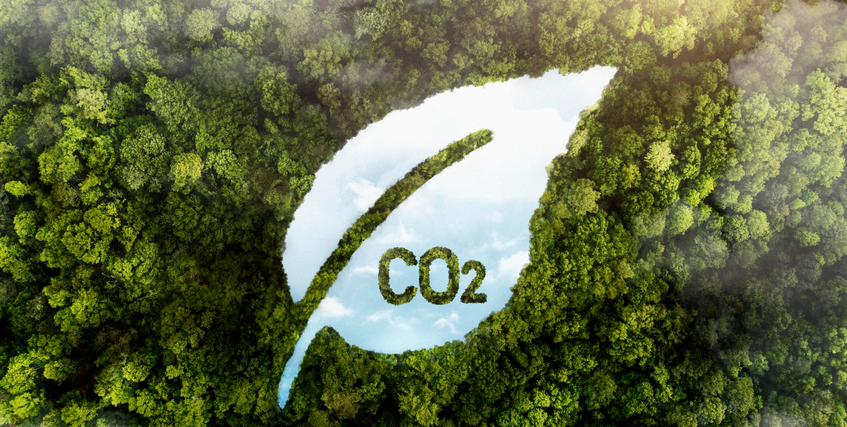Phone : +49 2233 71 39 084
E-Mail : [email protected]
How do carbon emissions created?

CO2, or carbon dioxide emissions, is the release of carbon dioxide, a potent greenhouse gas. Carbon dioxide is formed when carbonaceous materials such as wood, coal, diesel oil or natural gas are burned.
As part of these combustion processes, large amounts of carbon dioxide are released, the concentration of which is increasing in the Earth's atmosphere. Carbon dioxide emissions play an important role in the so-called greenhouse effect. This causes global warming with devastating consequences for the environment.
Carbon dioxide and its effects
Plants need carbon dioxide (CO2) to grow and survive. As in nature, gases play an important role in the metabolic processes of many organisms. While natural carbon dioxide does not have a negative impact on the environment, gas produced by technological processes is problematic as nature cannot neutralize it in large quantities.
CO2 emissions and climate
CO2 emissions are mainly due to the stationary (e.g. in mechanical systems) and mobile (e.g. vehicle engines) combustion of fossil fuels. They account for more than 80 percent of all emissions worldwide and are considered anthropogenic, the main cause of the human-induced greenhouse effect.
Carbon dioxide molecules accumulate in the earth's atmosphere and absorb infrared light. This prevents the natural radiation of the heat provided by solar energy and thus causes an increase in temperatures on the earth. In contrast to the natural greenhouse effect, the anthropogenic greenhouse effect causes significant climate problems due to the rapid inability of the biosphere to adapt.
Therefore, reducing CO2 emissions for climate protection is a major concern of energy and climate policy efforts.
These include building renovations and mitigation measures such as thermal insulation to make more use of renewable energies or less use of heating systems. However, the energy efficiency of each individual is also important.
Other effective solutions to reduce carbon dioxide pollution include decarbonizing carbonaceous fuels, targeted measures to protect rainforests, and creating large forest areas.
